Frequently asked questions
Company News
- Aluminum veneer decoration: a light luxury choice, a new chapter in spatial aesthetics
- Fluorocarbon aluminum veneer: a perfect combination of fashion and durability
- Fluorocarbon aluminum veneer, a new choice for architectural aesthetics!
- Punched aluminum veneer: the fashionable choice for modern architecture?
- New favorite of aluminum veneer: punched aluminum veneer, perfect fusion of fashion and practicality
Industry dynamics
- Punched aluminum veneer: a fashionable choice for modern architecture
- Lightweight and elegant, showcasing exquisite style - perforated carved aluminum veneer achieves the perfect combination of architecture and nature
- Aluminum veneer, the "fashionable coat" of modern architecture
- Infinite creativity, perforated aluminum veneer: a unique choice for architectural aesthetics
- Punched aluminum veneer: the new darling of modern architecture, what is its charm?
Frequently asked questions
- What is the sales market for aluminum veneer?
- What conditions are required for the production of aluminum veneer?
- What safety issues should be paid attention to in the production and manufacturing of aluminum veneer?
- How to improve the product quality and performance of aluminum veneer?
- What is the environmental performance of aluminum veneer?
contact us
Mobile:+86 15627778610
Email: 2201229786
Address: No. 5 Binjiang Road, High tech Zone, Zhaoqing City, Guangdong Province
What is the environmental performance of aluminum veneer?
- Author: Supreme Building Materials (Guangdong) Co., Ltd
- Release time: 2022-02-24 20:38:46
- Click:0
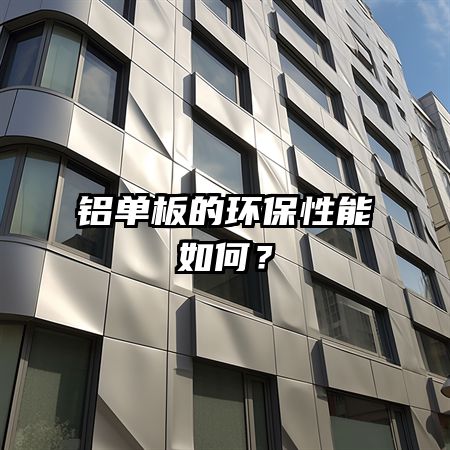
What is the environmental performance of aluminum veneer?
Abstract: Aluminum veneer, as a building decoration material, has good environmental performance. This article will elaborate on the environmental performance of aluminum veneer from four aspects.
1、 Recyclable
1. Sustainable utilization of aluminum resources. Aluminum is one of the most abundant metals on Earth, and its resources can be recycled and reused to reduce dependence on natural resources. Aluminum veneer, due to its high material purity, can be quickly recycled and processed to obtain recycled aluminum materials with quality close to the original aluminum, and the energy consumption of recycled aluminum is only about 5% of the original aluminum.
2. Reduce construction waste. The design and manufacturing process of aluminum veneer can accurately calculate the amount of material used and reduce waste. Moreover, aluminum veneer is easy to separate and dismantle during building renovation or demolition, and can be reused to reduce the generation of construction waste.
3. Reduce energy consumption. Compared to traditional building materials, the manufacturing process of aluminum veneer requires less energy. Meanwhile, aluminum veneer has low thermal conductivity, which can reduce the energy consumption of buildings during use and improve their energy efficiency.
2、 Low carbon and environmentally friendly
1. Reduce carbon emissions. The manufacturing process of aluminum veneer is relatively low-carbon, and due to the use of advanced production processes and equipment, it reduces the emissions of carbon dioxide and other greenhouse gases. Compared to traditional building materials, the production process of aluminum veneer reduces carbon emissions by about 30%.
2. Reduce the energy consumption of buildings. Aluminum veneer forms a layer of insulation in the exterior walls of buildings, effectively reducing the heat exchange of the building and improving the energy efficiency of air conditioning. This has a positive effect on reducing energy consumption and greenhouse gas emissions.
3. Improve indoor environmental quality. Aluminum veneer does not use toxic substances during the manufacturing process and does not release harmful gases. Meanwhile, the surface treatment of aluminum veneer adopts inorganic coating, which eliminates the problem of organic volatiles and does not cause indoor air pollution.
3、 Corrosion resistance and durability
1. Excellent corrosion resistance. Aluminum veneer has good corrosion resistance and will not cause material damage due to oxidation. This enables aluminum veneer to maintain stable performance under various harsh weather conditions.
2. Long term service life. Aluminum veneer has high strength and hardness, and can withstand certain external impacts and deformations. After surface treatment, aluminum veneer also has the characteristics of wear resistance and pollution resistance, making it less susceptible to environmental damage, thereby extending its service life.
3. Reduce maintenance work. Due to its excellent weather resistance and corrosion resistance, aluminum veneer requires less maintenance work during use compared to other materials, saving manpower and resources.
4、 Eco friendly
1. Release of harmless substances. The manufacturing of aluminum veneer does not require the addition of harmful substances and does not produce the release of harmful gases. This ensures that aluminum veneer does not cause pollution to the ecological environment such as soil and water sources during use.
2. Recyclable. Aluminum veneer has good recyclability and can be recycled multiple times, reducing resource consumption. Moreover, aluminum veneer will not produce secondary pollution during the recycling process.
3. The choice of green buildings. Aluminum veneer, as a green building material, has various environmental characteristics and advantages, which can meet the requirements of modern green buildings and promote the transformation of the construction industry towards sustainable development.
5、 Summary:
Aluminum veneer, as an environmentally friendly, low-carbon, and sustainable building decoration material, has good environmental performance. Its characteristics of recyclability, low-carbon environmental protection, corrosion resistance, durability, and ecological friendliness have made aluminum veneer widely used in the construction field. I believe that with the increasing awareness of environmental protection and the pursuit of green buildings, aluminum veneer will play a more important role in future development.


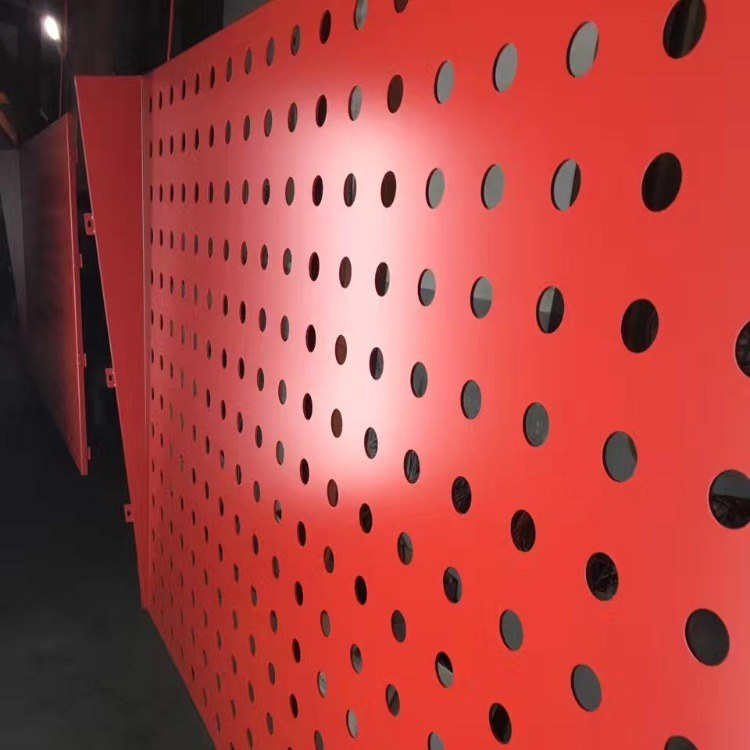
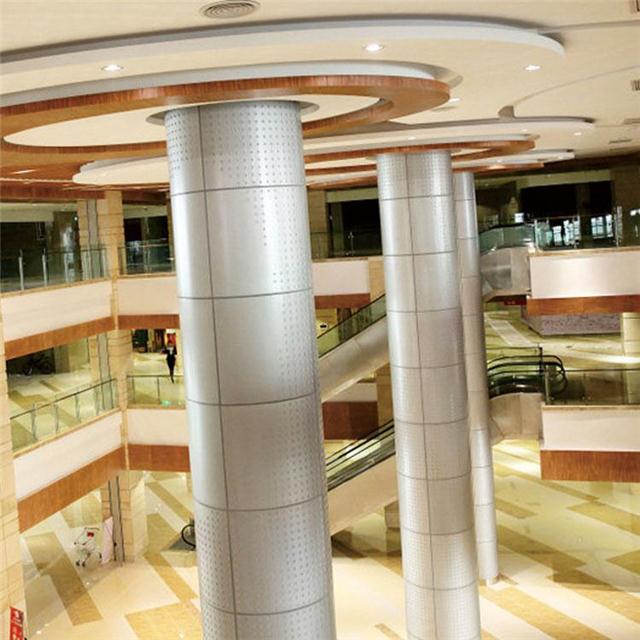
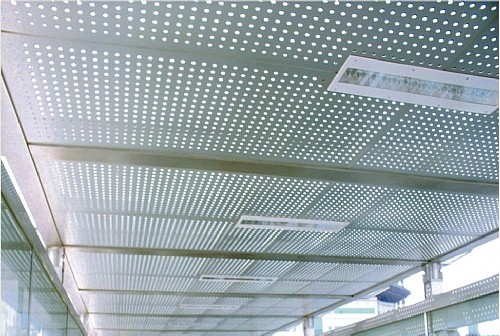
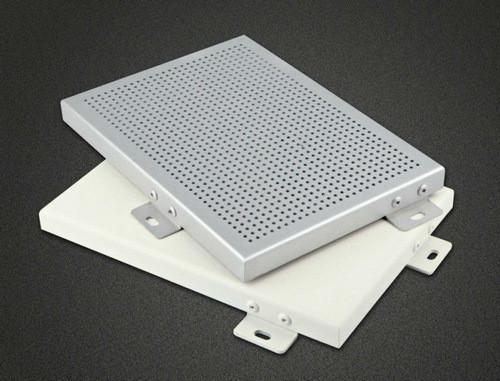
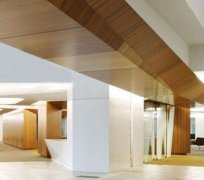
 Customer service QQ
Customer service QQ